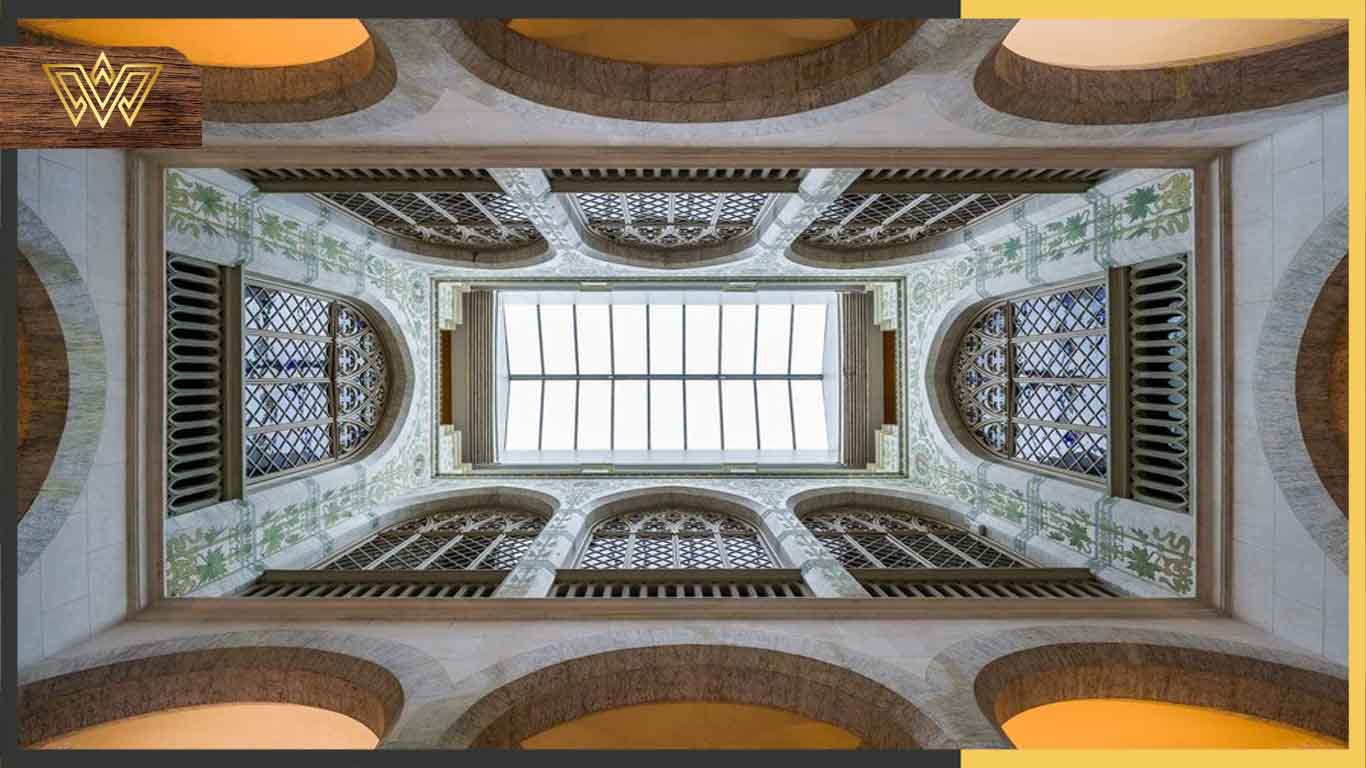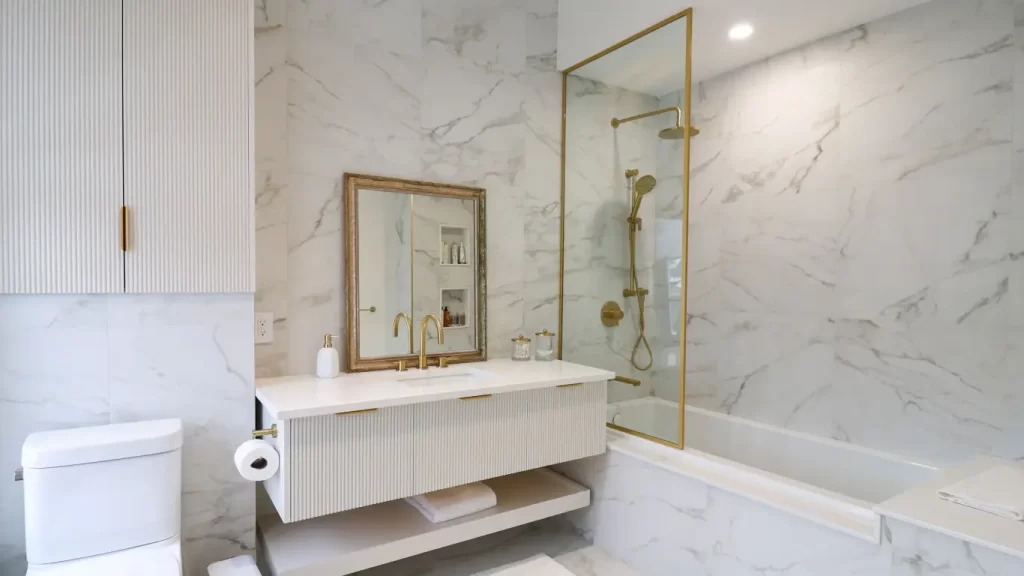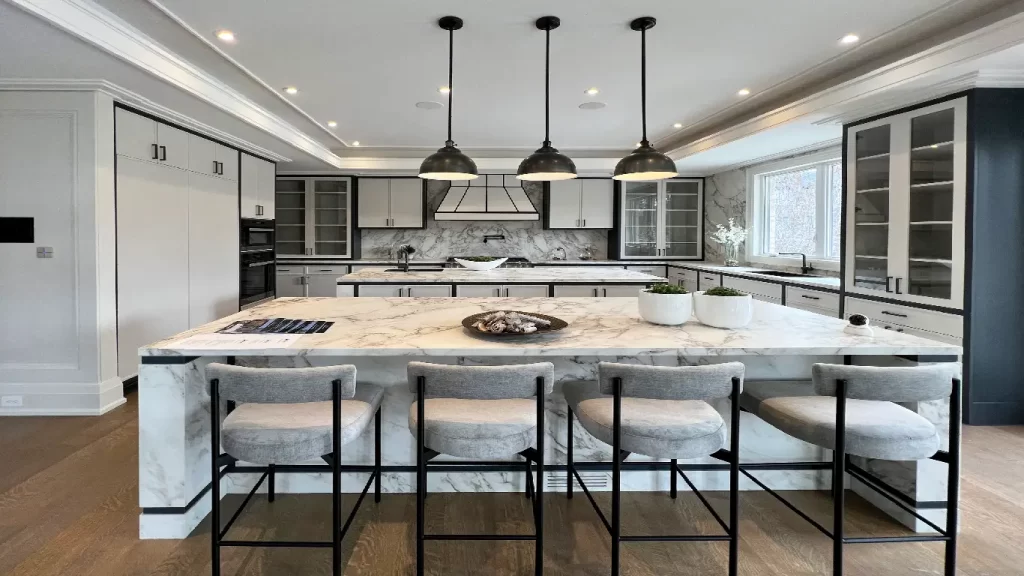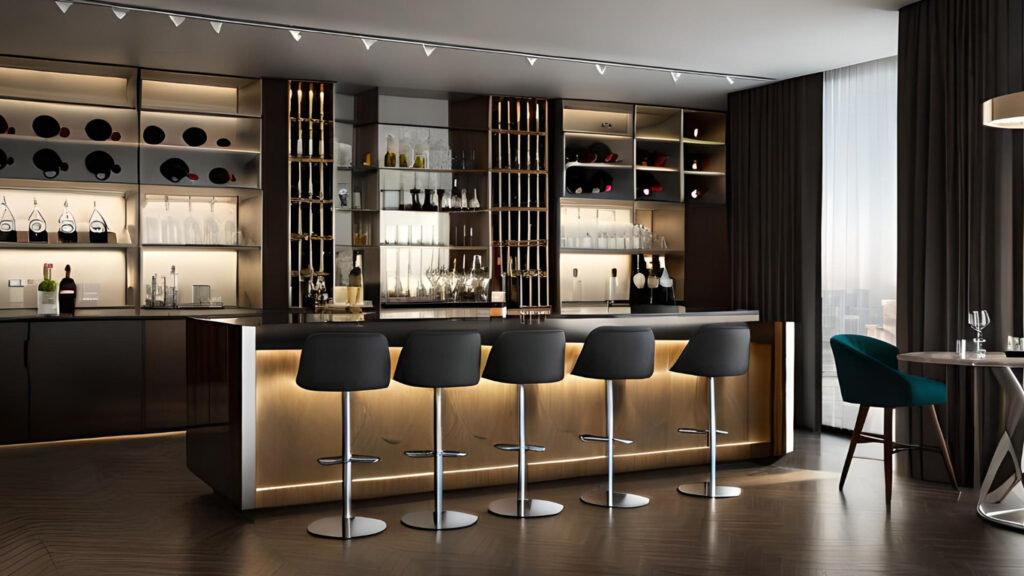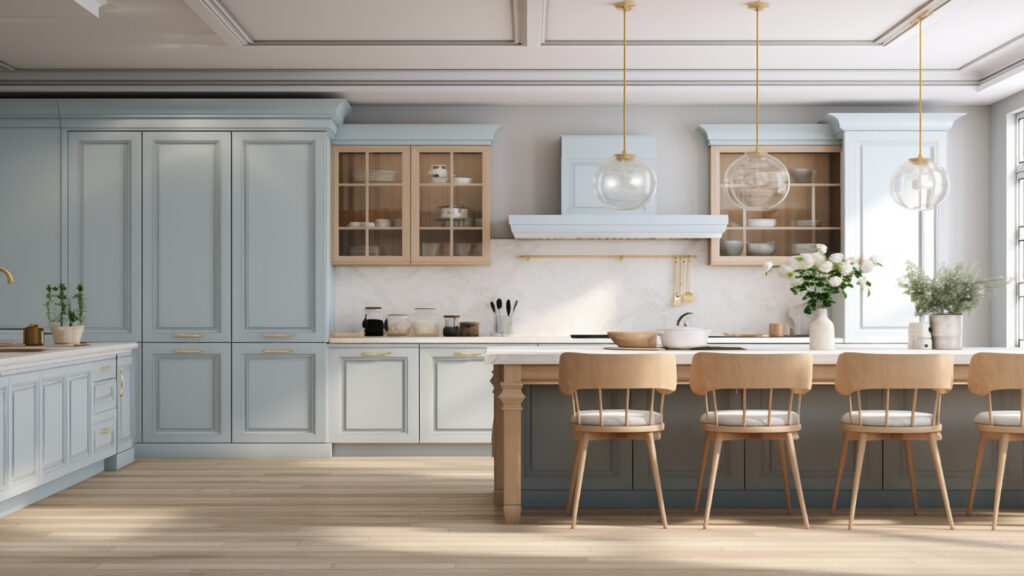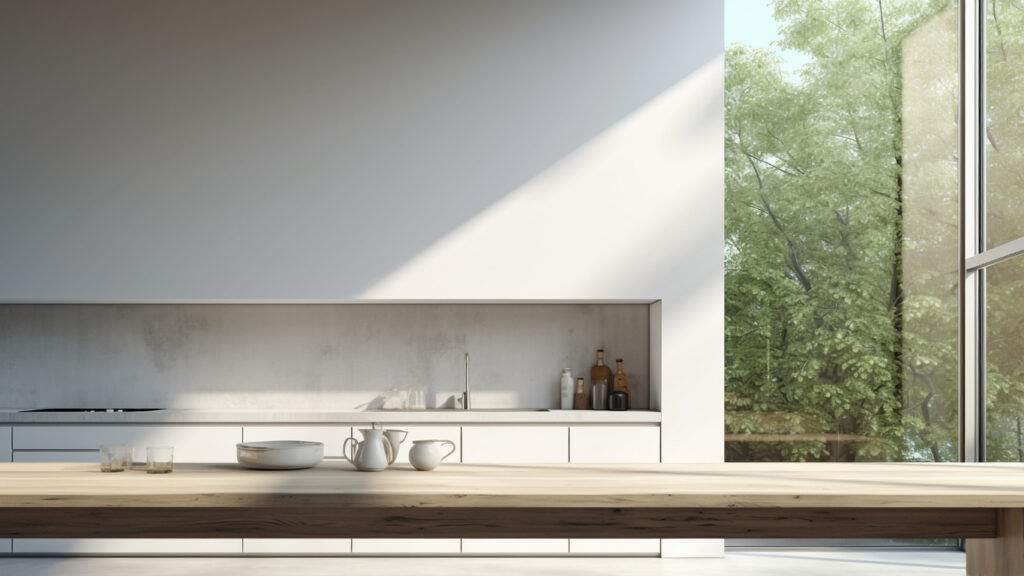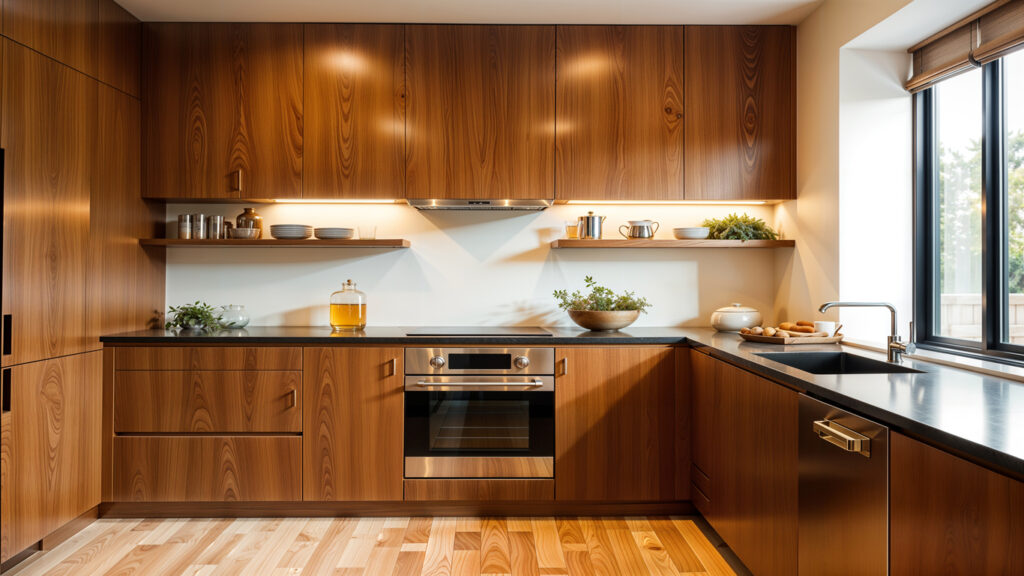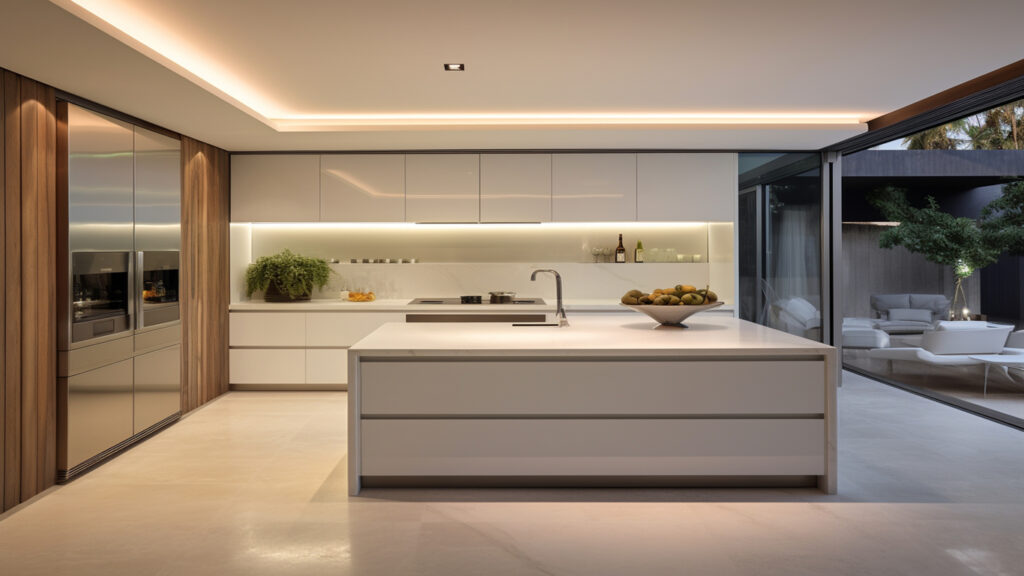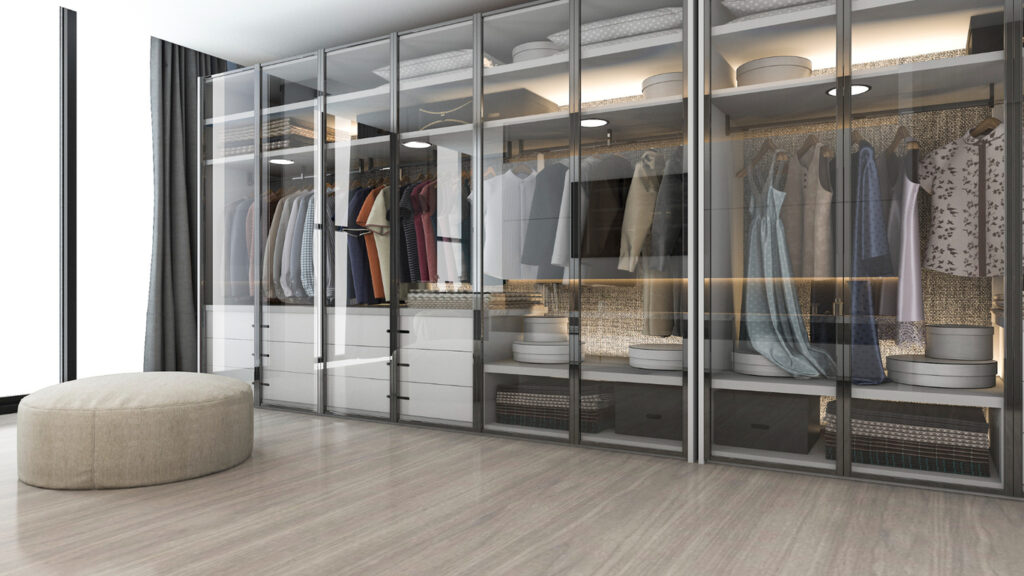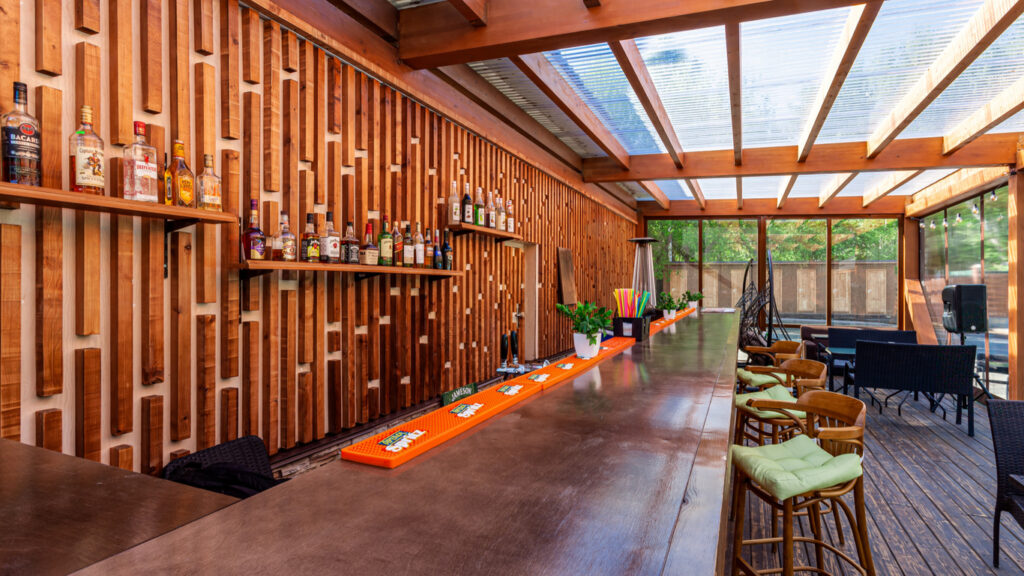Blog
Architectural Millwork: 2023 Custom Design for Your Space
You may ask “What is millwork in architecture?” Architectural millwork refers to the custom-made woodwork and other decorative elements that are incorporated into the design and construction of buildings. This can include items such as cabinetry, doors, trim, molding, paneling, and other interior and exterior decorative features.
Architectural millwork is typically crafted by skilled craftsmen who use specialized woodworking tools and techniques to create high-quality, custom-made pieces that meet the unique needs and specifications of each project. The materials used in architectural millwork can range from traditional hardwoods like oak and cherry to more exotic species like mahogany or teak.
It can enhance the overall aesthetic of a building and can be used to create a cohesive design theme throughout a space. It can also add value to a property and help create a unique and distinctive look that sets it apart from other buildings.
The advantages of Architectural Millwork
Architectural millwork offers numerous advantages over pre-made or standard woodwork options. Here are some of the key benefits of choosing architectural millwork for your building project:
Customization: One of the biggest advantages of architectural millwork is the ability to customize the woodwork to meet your specific needs and preferences. Whether you need a unique size or shape, a special finish, or intricate details, architectural millwork can be designed and crafted to your exact specifications.
Aesthetics: Architectural millwork adds a level of beauty and sophistication to any space. With custom woodwork, you can create a cohesive look throughout your building that matches your overall design vision. Whether you want a traditional or modern look, architectural millwork can help you achieve it.
Quality: Architectural millwork is typically crafted using high-quality materials and techniques, ensuring that it is both durable and long-lasting. This means that you can expect your woodwork to look and function well for many years to come.
Functionality: Architectural millwork is not only beautiful but also functional. With custom woodwork, you can design pieces that are tailored to your specific needs, whether that means maximizing storage space, creating unique features, or accommodating special equipment.
Value: Although architectural millwork may be more expensive than pre-made or standard woodwork options, it often adds value to a building. Custom woodwork can make a space feel more luxurious and high-end, which can be appealing to potential buyers or tenants.
In summary, architectural millwork offers a wide range of advantages that make it a popular choice for building projects. By choosing custom woodwork, you can create a beautiful, functional, and unique space that meets your specific needs and preferences.
Architectural Millwork Design
Architectural millwork design involves the creation of custom woodwork that is specifically designed to fit a particular space or function. This type of woodwork is typically crafted using high-quality materials and techniques and can add both beauty and functionality to a building. With architectural millwork design, the woodwork can be tailored to meet the specific needs and preferences of the client, whether that means maximizing storage space, accommodating special equipment, or creating unique features.
Architectural millwork solutions can be found in a variety of settings, from commercial buildings to private residences. In commercial settings, custom woodwork can add a level of sophistication and professionalism to the space, helping create a more welcoming and high-end environment for employees and customers alike. In residential settings, it can help create a cohesive design aesthetic throughout the home, as well as provide functional solutions to storage and organization challenges.
One of its benefits is the ability to create custom pieces that are truly unique. With architectural millwork, the design possibilities are virtually endless, allowing clients to create woodwork that is tailored to their specific tastes and preferences. Additionally, because it is typically crafted using high-quality materials and techniques, it is often more durable and longer-lasting than pre-made or standard woodwork options.
Overall, architectural millwork solutions offer a wide range of benefits for building projects of all types. Whether you are looking to add functionality, beauty, or both to a space, custom woodwork can help you achieve your goals in a way that is tailored to your specific needs and preferences.
Is millwork the same as carpentry?
Millwork and carpentry are related fields that both involve working with wood to create functional and decorative elements in buildings. However, they are not the same thing.
Carpentry refers to the practice of building structures using wood and other materials. This can include everything from framing and roofing to installing doors, windows, and trim. Carpenters typically work with standard lumber and other building materials to construct structures and install finished elements in buildings.
Millwork, on the other hand, refers specifically to the custom-made woodwork that is designed and installed in buildings. This can include everything from cabinets and countertops to doors, windows, and trim. Millwork is typically crafted using high-quality materials and techniques and is designed to fit a particular space or function. Millworkers often use specialized equipment and techniques to create intricate details and custom finishes that are not possible with standard lumber.
While carpentry and millwork are distinct fields, there is some overlap between the two. For example, carpenters may install pre-made millwork elements such as trim, while millworkers may work on larger building projects that require carpentry skills. Additionally, some carpenters may specialize in custom millwork or have skills in both fields.
In summary, while millwork and carpentry are related fields that both involve working with wood to create functional and decorative elements in buildings, they are not the same thing. Millwork refers specifically to the custom-made woodwork that is designed and installed in buildings, while carpentry involves building structures using wood and other materials.
What architectural division Is Millwork?
Millwork is typically classified as Division 6 in the Construction Specifications Institute (CSI) MasterFormat, which is the standard for organizing and presenting construction information. Division 6 encompasses a range of products related to wood and plastics, including millwork, casework, paneling, and finishes.
Within Division 6, millwork is typically further classified into several subcategories, including architectural woodwork, custom millwork, and store fixtures. Architectural woodwork refers to the custom-made woodwork that is designed and installed in buildings, while custom millwork includes a wider range of custom-made wood products such as furniture and cabinetry. Store fixtures are specialized millwork products designed specifically for use in retail environments, such as display cases and shelving units.
The classification of architectural millwork within Division 6 is important because it helps architects, contractors, and other building professionals to specify and source the materials and products they need for a particular project. By using the standardized classification system provided by MasterFormat, they can ensure that the products they are specifying or purchasing meet the necessary quality and performance standards.
In addition to its classification within MasterFormat, millwork is also subject to various industry standards and regulations. For example, the Architectural Woodwork Institute (AWI) provides guidelines and standards for the design, construction, and installation of architectural millwork. By following these standards, millwork manufacturers and installers can ensure that their products meet the necessary quality and safety requirements for use in buildings.
Overall, millwork is an important and highly specialized division within the architectural industry, encompassing a wide range of custom-made wood products designed to enhance the beauty and functionality of buildings. By understanding the classification and standards associated with millwork, building professionals can ensure that they are specifying and installing high-quality products that meet the needs of their clients.
Custom Architectural Millwork
Custom architectural millwork involves the design and creation of high-quality, custom-made woodwork that is tailored to the specific needs and preferences of the client. This type of millwork is typically used to enhance the beauty and functionality of buildings and can be found in a wide range of settings, from commercial buildings to private residences.
One of its key benefits is the ability to create unique, one-of-a-kind pieces that are tailored to the specific requirements of the project. Custom millwork can be designed to fit a particular space or function, and can incorporate a wide range of design elements, from intricate carving and detailing to custom finishes and hardware.
Custom millwork can be used to create a variety of products, including cabinets, countertops, doors, windows, and trim. These products can be crafted from a wide range of high-quality woods, such as mahogany, cherry, maple, and oak, and can be finished to match the specific design aesthetic of the building.
One of the keys to successful custom millwork is a collaboration between the millworker and the client or designer. This collaborative process allows the millworker to gain a deep understanding of the client’s needs and preferences, and to work closely with the designer to create a product that meets those requirements while also enhancing the overall design aesthetic of the building.
Overall, custom architectural millwork is a highly specialized field that requires a combination of technical skill and artistic vision. By working closely with the client and designer, millworkers can create unique, high-quality products that enhance the beauty and functionality of buildings, while also meeting the specific needs and preferences of their clients.
FAQ
What is another name for millwork?
Another name for millwork is architectural woodwork. This term refers to the custom-made woodwork that is designed and installed in buildings, such as cabinets, doors, trim, and other decorative elements.
What are millwork features?
Millwork features typically include custom-made woodwork such as cabinetry, paneling, doors, and trim that is designed to enhance the beauty and functionality of a building. These features are often made from high-quality woods and can incorporate a wide range of design elements, from intricate carving and detailing to custom finishes and hardware. Millwork features are highly specialized and require skilled craftsmanship to create.
Is a desk considered millwork?
Yes, a desk can be considered millwork if it is custom-made and designed to fit a specific space or function. Millwork encompasses a wide range of custom-made wood products designed to enhance the beauty and functionality of buildings, including cabinetry, paneling, doors, and furniture such as desks.
Final words
In summary, architectural millwork is a highly specialized field within the construction industry that involves the design and creation of custom-made wood products to enhance the beauty and functionality of buildings. From cabinetry and paneling to doors and furniture, millwork features can be found in a wide range of settings, from commercial buildings to private residences.
As an architectural millwork company, WoodyArt is dedicated to providing high-quality, custom-made wood products that meet the specific needs and preferences of our clients. Our skilled craftsmen work closely with designers and architects to create unique, one-of-a-kind pieces that enhance the overall design aesthetic of the building.
Whether you are looking to add custom cabinetry to your kitchen or create a stunning entryway with a custom-made door, WoodyArt has the expertise and experience to bring your vision to life. Contact us today to learn more about our architectural millwork solutions and how we can help enhance the beauty and functionality of your building.

